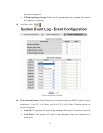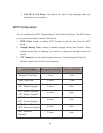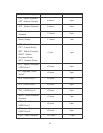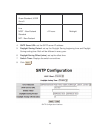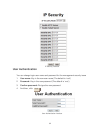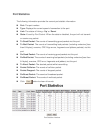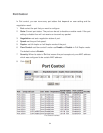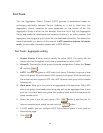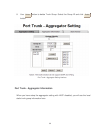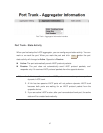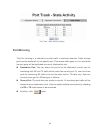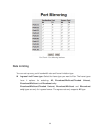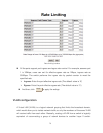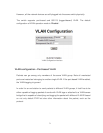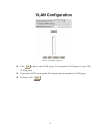
65
Port Trunk
The Link Aggregation Control Protocol (LACP) provides a standardized means for
exchanging information between Partner Systems on a link to allow their Link
Aggregation Control instances to reach agreement on the identity of the Link
Aggregation Group to which the link belongs, move the link to that Link Aggregation
Group, and enable its transmission and reception functions in an orderly manner. Link
aggregation lets you group up to 4 ports into one dedicated connection. This feature can
expand bandwidth to a device on the network. LACP operation requires full-duplex
mode, for more detail information please refer to IEEE 802.3ad.
Port Trunk - Aggregator setting
1. System Priority: A value used to identify the active LACP. The switch with the
lowest value has the highest priority and is selected as the active LACP.
2.
Group ID:
There are four trunk groups to provide configuration. Choose the "
Group
ID
" and click
Select
.
3. LACP: If enable, the group is LACP static trunk group. If disable, the group is local
static trunk group. All ports support LACP dynamic trunk group. While connecting to
the device that also supports LACP, the LACP dynamic trunk group will be created
automatically.
4. Work ports: Allow up to four ports to be aggregated at the same time. With LACP
static trunk group, the exceed ports are standby and can be aggregated later if work
ports fail. If it is local static trunk group, the number of ports must be the same as the
group member ports.
5. Select the ports to join the trunk group. Click
Add
button to add the port. To
remove unwanted ports, select the port and click
Remove
button.
6. If LACP enable, you can configure LACP Active/Passive status in each ports on
State Activity page.
7. Click
Apply
.



